How are you conditioning your audience? Every post you write. Every podcast episode you air. Every email you send. Everything you do with your online business is conditioning your audience. The only question is: How are you conditioning them?

People are creatures of habit. That can be bad or it can be good for your email marketing.
One of my team members, Mark Sieverkropp, summed it up best:
One way or another you are conditioning your audience. You’re either conditioning them to click your links or not.
Today, we’re going to focus on how to get your audience to click from your emails to wherever it is you want them to click.
This conditioning is what leads to more traffic and ultimately more sales.
What the Top Email Marketers are Doing
A while back, I studied 10 of my favorite online marketers’ emails. Recently, I studied more than 30 email lists, across various niches. I found almost exactly the same patterns among both groups.
Here’s what I found:
- 96% of their emails had CLICK as the CTA (Call to Action).
- 88% called them to click to a post/video/podcast. In other words, content only.
- 5% linked to an affiliate offer (external promo).
- 3% linked to an internal promo.
- 3% of their emails had REPLY as the CTA
- 1% had no CTA
That’s what the top marketers are doing across multiple niches. They are conditioning their audience to click links from their emails.
Why Conditioning Your Audience is So Important
Here’s the problem with not conditioning your audience:
They don’t know what to expect.
If you rarely ask them to click and then you do, they aren’t used to it. Your click rates suffer when you need a click the most.
But when you are consistently asking them to click your links in email, they do so almost reflexively.
That’s how you dramatically increase your sales (of your own products or affiliate offers).
How to Condition Your Audience to Click
1. Don’t Send Your Posts in Email
When I first started blogging, I used to send the entire post via email to my list.
The great thing about this was that it was automatic from an RSS feed. In other words, I wrote the post, scheduled it, and I was done!
The downside was that there was no incentive for people to click to my site.
When I did promote something that required a click, no one clicked. My audience was conditioned to not click.
One of our clients, Michael Hyatt, experienced the same thing. Because his audience was used to getting the whole blog post in their inbox, it made it challenging to get them to click when he needed them to.
He recently changed his email strategy and posted about it on his blog.
Here’s what he wrote:
As a reader, this might not seem immediately important. But as an online marketer, it’s critical. If people don’t click, they don’t buy. And if I don’t get buyers for my signature products, I can’t continue to provide resources like my blog, podcast, and ebooks for free.
Instead, I want to train people to click, so I can raise my overall conversion percentage (percent of people who take action). The early results tell us it’s working. We’re getting more clickthroughs now than a month ago.
I personally made the switch more than three years ago and the results were immediate. I went from a CTR (Click-Through Rate) on promotional emails of less than 1% to 3%. Today, they are even higher.
2. Focus on Click Rates, Not Open Rates
Open rates are great. Generally speaking, the higher the open rate, the higher the click-through rate, and the higher the sales.
But this is not always the case.
I want you to become so obsessive about your CTR, that it is the only metric you use in measuring email performance. Remember, you are conditioning your audience to click, not just to open.
So measure what matters most!
RELATED POST: How to Nearly Double Your Email Open Rates Overnight
3. Format “Regular” Emails and “Promo” Emails the Same
A lot of people format their “regular” emails (blog posts, podcasts, and videos) one way and their “promo” emails differently.
Do NOT do this! It is the same as using a sales voice, which is a big no-no in online marketing.
It’s important if you want people to click your promo emails to make them look and feel like your regular emails. Whether you are sending them to a blog post, a video, or a sales page, keep the format consistent.
The easiest way to do this is to follow a consistent template. Mine, for example, tends to follow this flow:
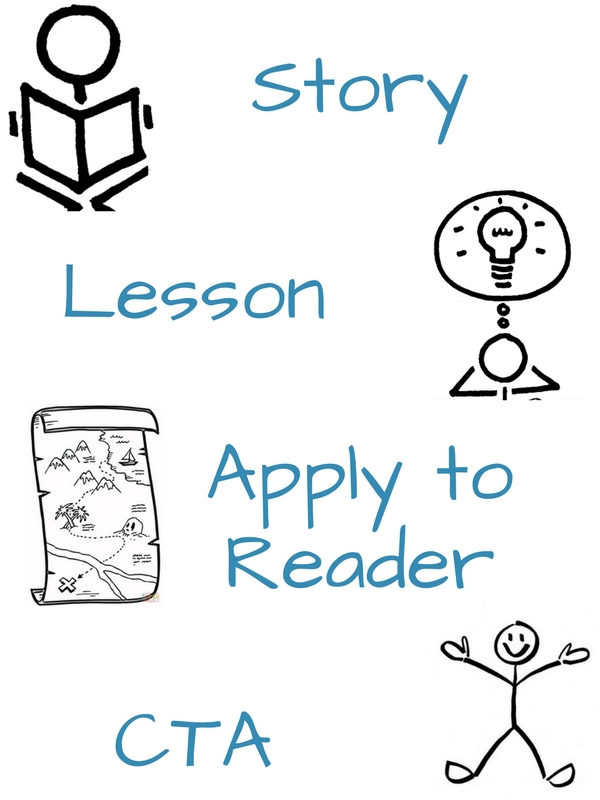
Whether it’s an email about a blog post, an affiliate offer, or an internal promo, the format is generally the same.
4. Use a Clear CTA (Always)
You need to make your Call to Action blatantly obvious:
“Click here”
“Click below”
“Click the link below”
“Register now”
Don’t leave anything to chance. Don’t make them guess what to do. Make it clear.
5. Test Link Format
If you are on my email list (and you should be), you’ll notice that most of my calls to action are something like this:
Click below to read today’s post:
mattmcwilliams.com/whatever
In other words, I spell out the link. I use Pretty Link to create a short and pretty URL to use in email.
For instance, for this post I sent this out:
mattmcwilliams.com/condition
Instead of the full URL: http://www.mattmcwilliams. com/condition-audience-click-email-marketing/
Other online marketers hyperlink text in their emails, such as “Click here to register.”
Which works best? I don’t know and it depends.
For me, I’ve tested it and found that with my audience, putting the URL on it’s own line has about a 0.5% higher CTR. That’s an extra 10,000 clicks a year, so it’s a big deal.
The ultimate answer for you is to test it and see what works for your audience.
6. Test Email Length and Format
A question I often get: What email format gets the most click-throughs?
Answer: I don’t know.
(See how helpful I am?)
But really, I don’t know what works best for you. I know what works best for me and my audience, though.
And I discovered that by testing.
Most of my emails are one-sentence paragraphs, for example. The average length of my emails is 109 words. Enough to spark interest and curiosity without giving away too much.
If you are writing to stay-at-home moms about organic meals, your format might differ from someone writing to college professors or CPAs. Or it might not.
Ultimately, as with so much of your business, you need to test the length and format to find what works best for your audience.
RELATED POST: Double Your Affiliate Commissions with this VERY Simple Email Strategy
7. Minimum of 2 CTA Links
One thing I do know for sure is that you’ll want to include a minimum of two CTA links in your emails.
Not two different links (meaning they go to different places), but two different instances of the same link. This means that whether you hyperlink or have the URL in the email text, put it in at least two different places.
I usually have three since that works best for my audience. One about halfway through, one at the end and one in the P.S. (more on that below).
Once again, you’ll find the right number for your tribe by testing this. It might be 2…or 3…or even 4 or 5.
8. Focus on the Benefits
What are the benefits of clicking?
You want this to be abundantly clear.
These 7 tips will transform your marriage almost overnight. Click here to get the 7 tips.
Click here to get the free ebook. It will show you exactly how to get rid of that unwanted belly fat for good.
Click the link below to learn how to take your email marketing to the next level.
Click below to read the post and learn how this simple drill can shave strokes off your score.
The benefits are clear. Don’t forget to tell your audience what they get by clicking.
9. Use Your P.S. Well
In email marketing, the P.S. restates the offer. In other words, it’s not really a P.S.
In email marketing, the P.S. restates the offer.
Normally a P.S. is used to add new information. You write a long letter to mom and dad from school and add at the end:
P.S. Brent says hi and wishes you a happy anniversary.
But in email marketing, it is used to sum up the email and restate the offer. And it’s one last opportunity to sneak in a link.
Here are some examples:
P.S. This course has saved literally thousands of marriages around the world. It will work for you, too.
But this offer closes tonight at midnight, so act now. Click here to get it now.
P.S. These workout secrets aren’t for the faint of heart. You’ll work harder than you ever have in your life.
But the results are worth it. Click here to read today’s post.
P.S. One way or another you are conditioning your audience. The question is how are you conditioning them?
Read today’s post to learn how to condition your audience to click (and ultimately buy).
See what I just did there?
That was a good way to end this post. I might just have to use that in the email for this. 😉
Questions?
Text me anytime at (260) 217-4619.
Or…check out some of my free reports to help you get on the right track:
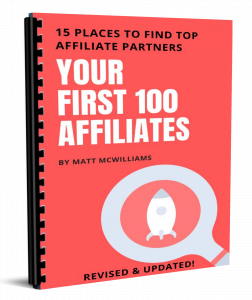 |
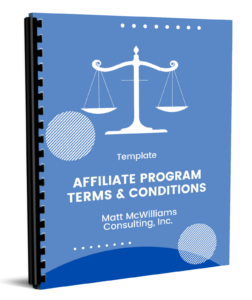 |
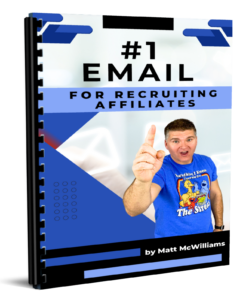 |
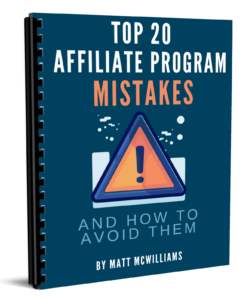 |
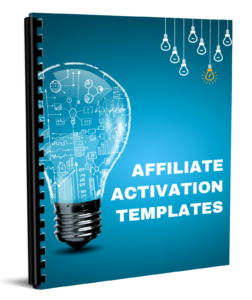 |
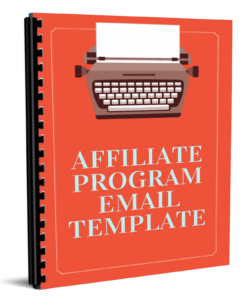 |
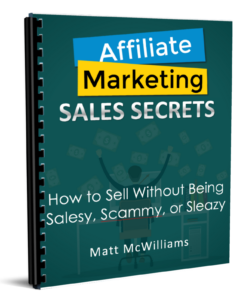 |
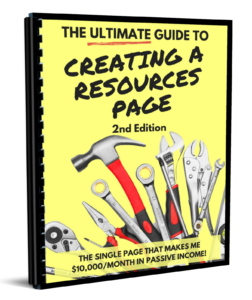 |
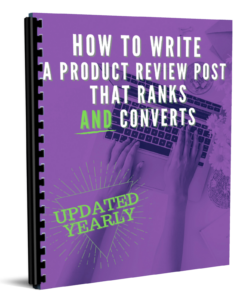 |